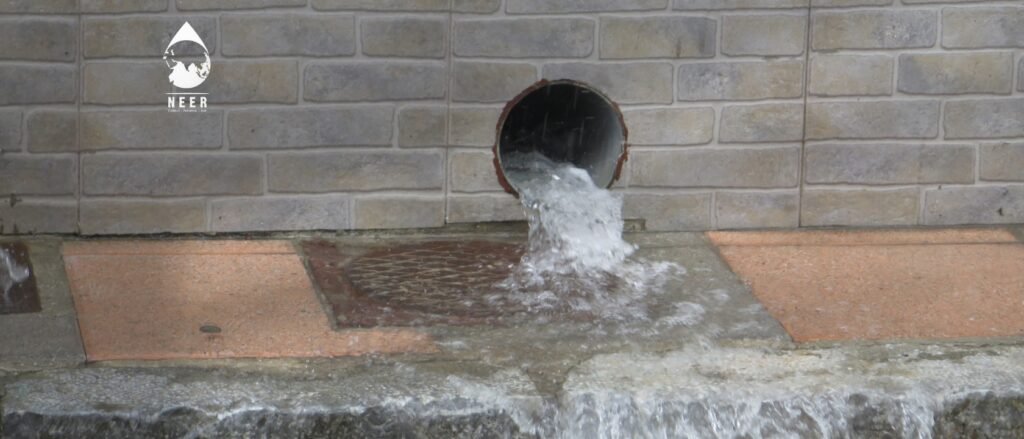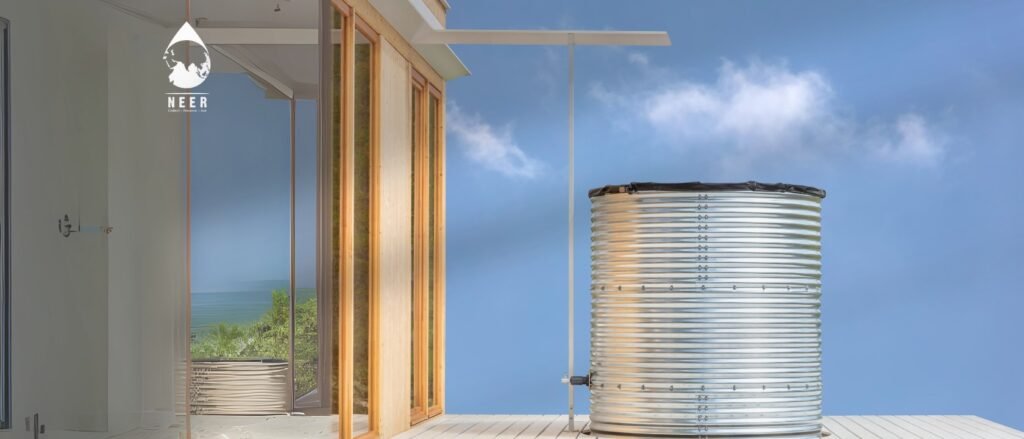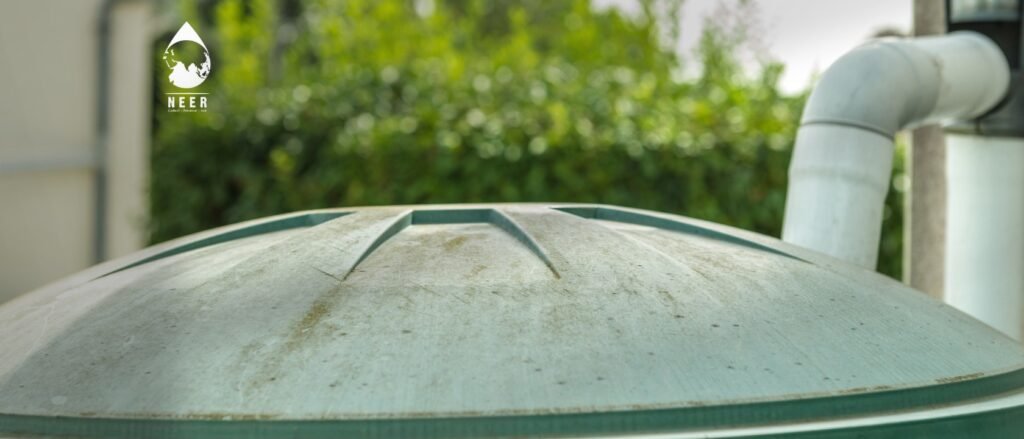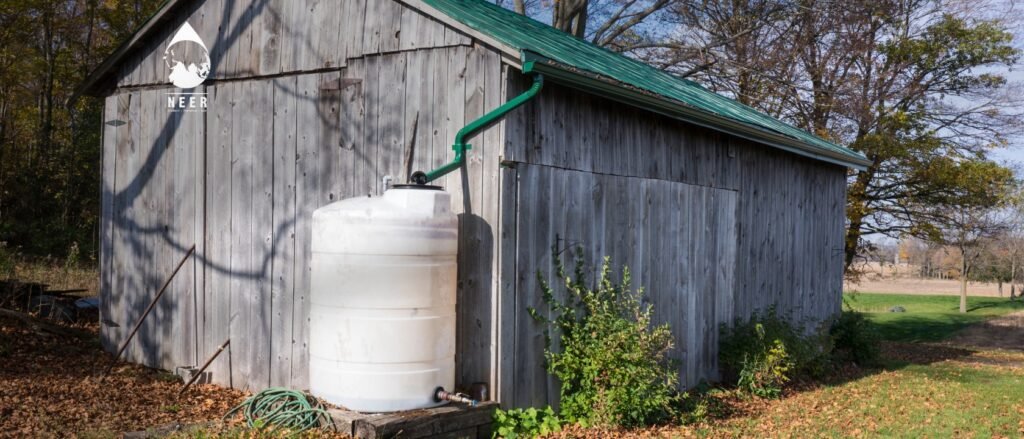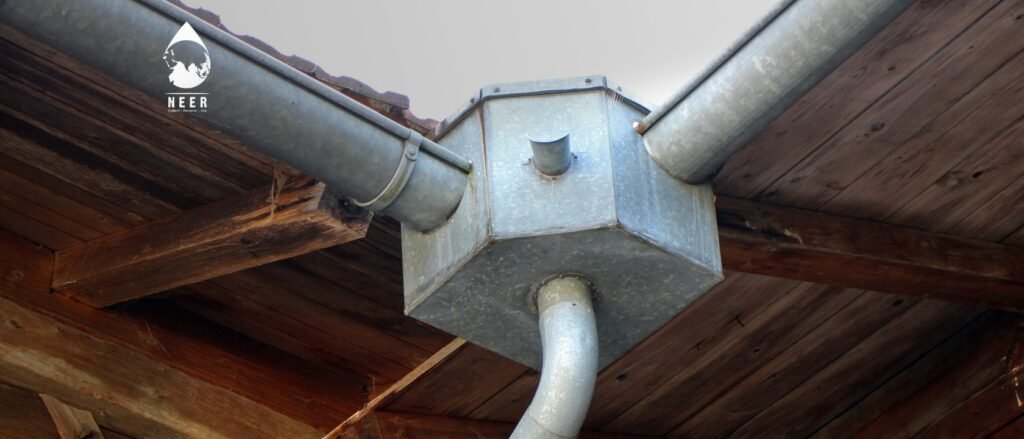March 19, 2024
By: admin
The Importance of Rainwater Harvesting in Today’s World
In an era where the demand for fresh water is skyrocketing and environmental concerns are more pressing than ever, rainwater harvesting emerges as a beacon of hope. This ancient practice, revitalized for the modern age, holds the key to not only alleviating water scarcity but also driving us towards a more sustainable and eco-conscious future. [...] Read more
March 16, 2024
By: admin
Rainwater Harvesting and Its Role in Sustainable Agriculture
Getting water from rain is becoming an important part of the agriculture industry's efforts to be more environmentally friendly. This antiquated technique, which modern technology has revived, has many advantages and is therefore a crucial tool for farmers who want to be sustainable. Let's look at how collecting rainwater is changing the way sustainable farming [...] Read more
March 16, 2024
By: admin
Top Rainwater Harvesting Benefits for Gardeners
Rainwater harvesting is not only a time-honored method, but also a progressive way for contemporary gardeners to maintain their green areas in a more sustainable way. Rainwater collection made easy but effective has many advantages, from preserving valuable resources to fostering plant health. Let's examine the main benefits that rainwater harvesting offers to gardeners. Better [...] Read more
March 16, 2024
By: admin
Step-by-Step Process for Setting Up a Rainwater Harvesting System
Rainwater harvesting is a useful and environmentally responsible method of conserving water that is becoming more and more popular worldwide. You can lower your water costs and promote environmental sustainability at the same time by gathering and using rainwater. This is a straightforward, step-by-step tutorial for installing a rainwater harvesting system in your house. Step [...] Read more
March 16, 2024
By: admin
Rainwater Harvesting: A Solution to Water Scarcity
In an age where water scarcity looms as a growing concern worldwide, finding effective and sustainable solutions has become paramount. Among the myriad of strategies being explored, rainwater harvesting emerges as a beacon of hope. This age-old practice, reimagined for the modern era, offers a promising solution to the pressing issue of water scarcity, embodying [...] Read more
March 16, 2024
By: admin
The Environmental Impact of Rainwater Harvesting Explained
In a time when the call for sustainability is stronger than ever, collecting rainwater is becoming an important habit that has big environmental benefits. This easy but effective way to catch and store rainwater for later use isn't just a way to save water; it's also a way to care for our environment and build [...] Read more
March 16, 2024
By: admin
Building a Greener Future Through Rainwater Harvesting
Collecting rainwater is an important part of being sustainable and helping to make the future more secure and better for the environment. With the help of modern technology, this old method is becoming an increasingly important part of the worldwide push for sustainable water management and environmental care. This blog post looks at how collecting [...] Read more
March 15, 2024
By: admin
Maximize Water Efficiency with These Rainwater Harvesting Tips
In an era where water conservation is not just a choice but a necessity, rainwater harvesting stands out as a key solution for households looking to make a positive environmental impact. By capturing rainwater, you can significantly reduce your reliance on municipal water supplies, lower your utility bills, and contribute to a sustainable future. Here [...] Read more
March 15, 2024
By: admin
Innovative Rainwater Harvesting Solutions for Urban Homes
Urban living brings its own set of challenges, especially when it comes to conserving natural resources. However, rainwater harvesting emerges as a beacon of hope, offering innovative solutions for urban homes looking to embrace sustainability. This practice not only conserves water but also reduces dependency on municipal supplies, lowers utility bills, and mitigates the effects [...] Read more
March 15, 2024
By: admin



